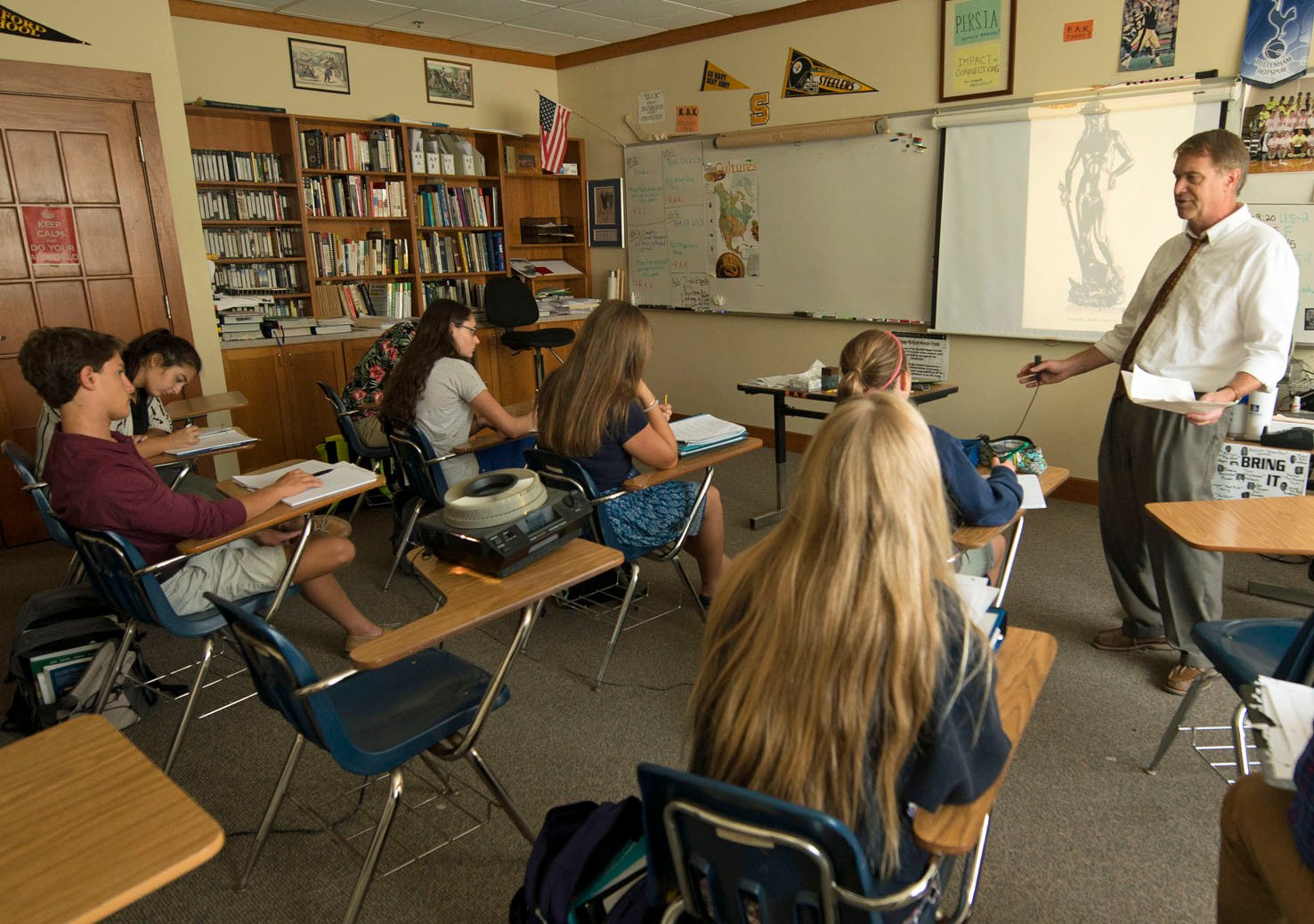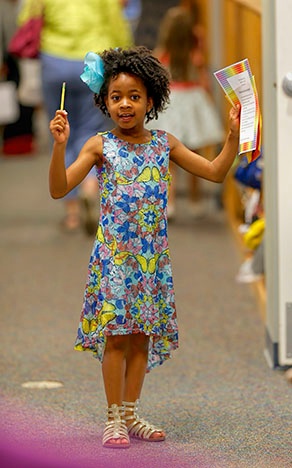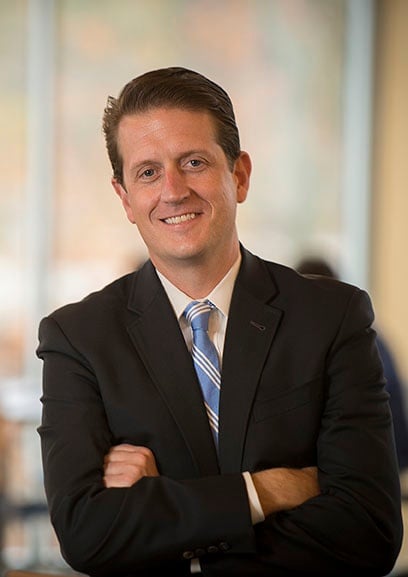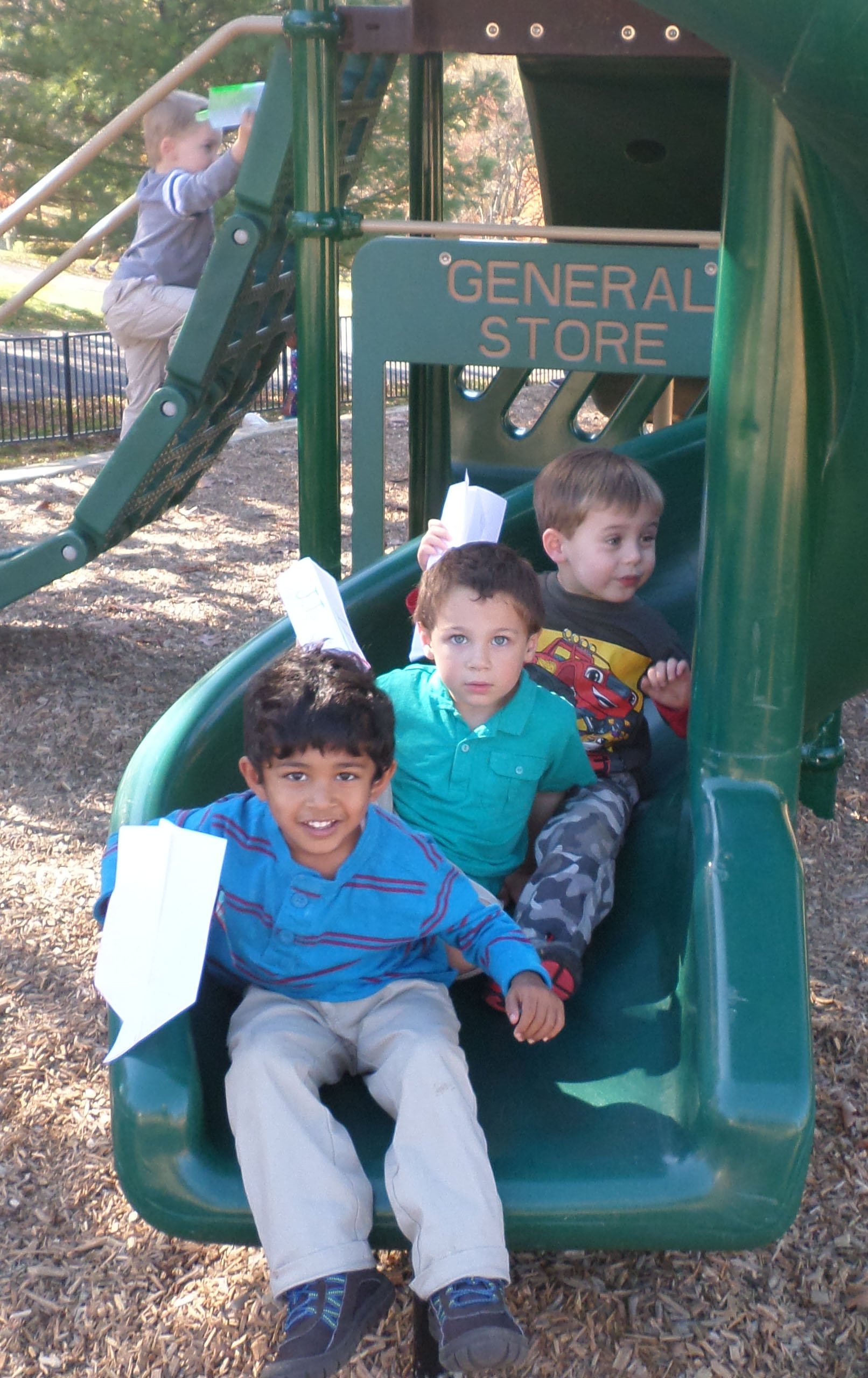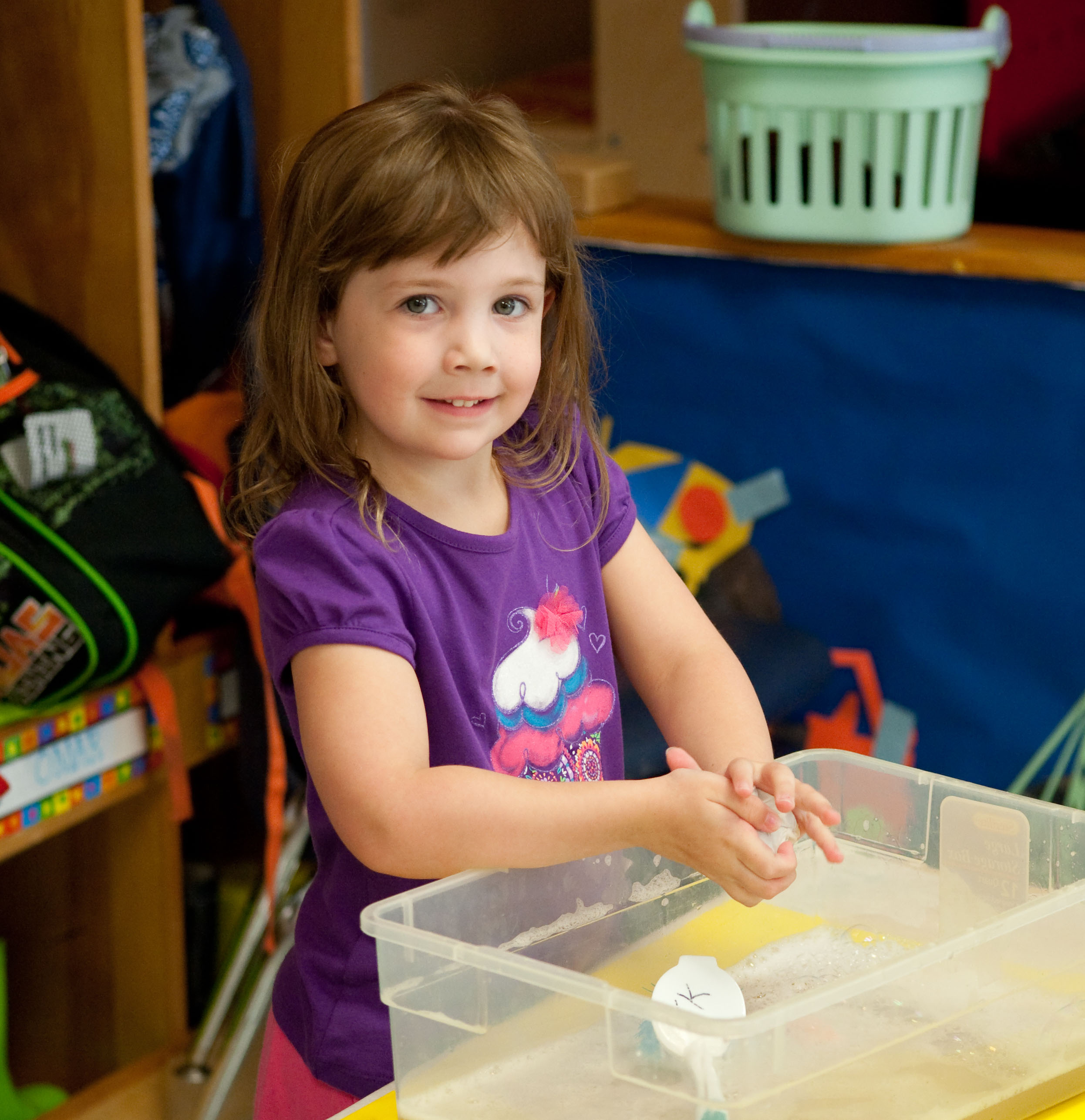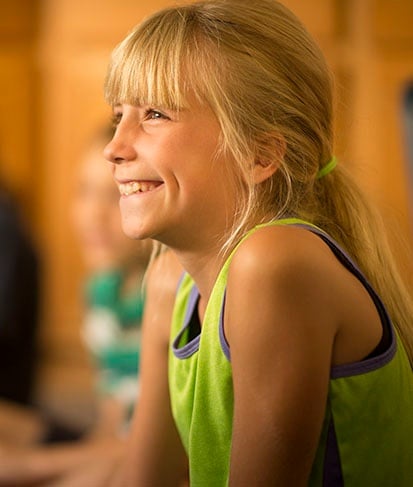Now that I’m in graduate school, I find myself constantly using skills and abilities that I can trace back to my time as a private school student. A few are relevant to my discipline, U.S. history, but just as many apply to all areas of my life.
I, like many students, thrived in the small classes that are fundamental to the private school model. Several brilliant and engaged teachers inspired my curiosity about history and backed that up with rigorous instruction in research and writing. Provided with classroom resources and the flexibility to design imaginative lesson plans, these teachers were able to give me an early introduction to complex historical ideas that most students first encounter at the college level. I wrote book reviews and completed projects that demanded extensive work with primary sources—versions of the same work I now do in my PhD program. My high school teachers set high standards, believed in our ability to meet them, and helped us figure out how to do it. I’m still using that knowledge and those tools today.

